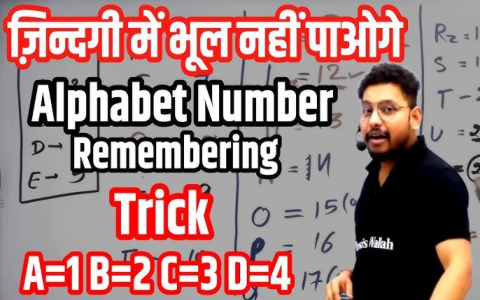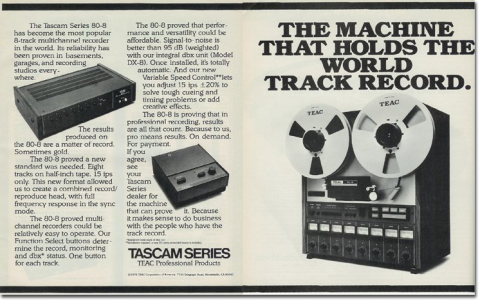Okay, so, number 417, right? I gotta share this because it was a whole thing. I started out totally clueless, just staring at the problem. It was one of those things where you read it, and your brain just goes…blank.
First Steps (and Missteps)
So I started by just, you know, throwing stuff at the wall. I tried a couple of random approaches, like, I think I tried sorting it first, and then doing… something? Honestly, I don’t even remember what I was thinking. It was a mess. It failed spectacularly, of course.
- Attempt 1: Sort, then… ??? (FAIL)
- Attempt 2: Something even more random. (EPIC FAIL)
Getting a Clue
After those initial disasters, I decided to actually, you know, think. I went back to the problem description, read it like three more times, and finally, it started to click. I realized I needed to keep track of things, like which areas were connected, and not just focus on individual numbers.

The “Aha!” Moment
This is where it got interesting. I remembered something about “connected components” from… somewhere. I googled it, did some more reading, and it was like a lightbulb went on. I needed to use something called Depth-First Search (DFS), basically exploring as far as I could in one direction before backtracking.
Coding It Up
Coding the DFS was… an experience. I messed up the recursion a couple of times, got stuck in infinite loops, the usual. But, after some debugging (and a lot of coffee), I managed to get it working. It felt so good to see it actually traversing the thing correctly!
I created an array to solve this issue.
The Final Stretch
With the DFS in place, the rest was relatively straightforward. I just needed to iterate through the, uh, grid (or whatever it was), and for each unvisited cell, run the DFS to mark all the connected cells. Then, I just counted how many distinct groups of connected cells I had. I added this compared that, and there were some other simple operation that easy to get.
Victory!
Finally, I ran the code on the actual input, and… it worked! I got the correct answer! It was such a relief. It took a while, and there were definitely some frustrating moments, but I learned a lot in the process. It’s one of those things where you feel like you actually accomplished something, you know?
I spent about half a day on this because I’m a slow coder.


